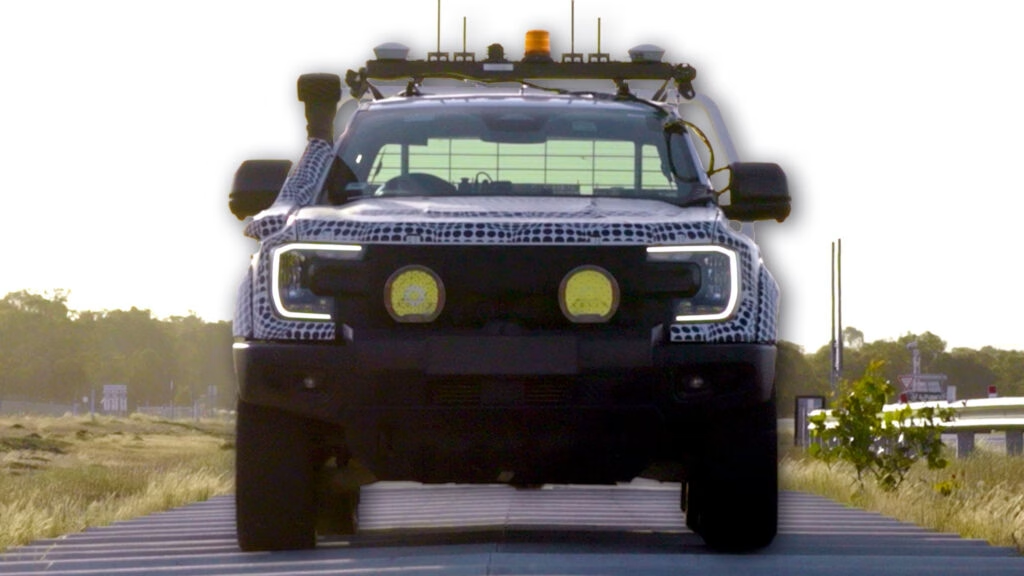Ford is gearing up to redefine the midsize truck segment with the Ranger Super Duty, a model designed for international markets that prioritizes capability over comfort. This heavy-duty version of the Ranger is engineered to withstand the kind of rigorous use that would typically lead to early retirement for most vehicles. With its robust features, the Ranger Super Duty is set to be the most capable model in the Ranger lineup, especially when it comes to towing and payload capacity.
### What Makes the Ranger Super Duty Stand Out?
Set to hit the roads in 2026, the Ranger Super Duty is already making waves during its development phase. Ford recently showcased its rigorous testing process at the You Yangs Proving Ground in Australia, where the truck faced a grueling series of challenges. The standout feature? A specialized robot took the wheel, driving the Ranger Super Duty through a punishing durability test track designed to simulate years of harsh driving conditions without a human driver ever stepping inside.
### How Does the Testing Work?
The Silver Creek durability track, where the Ranger Super Duty was tested, is no ordinary course. It features 300 bumps of various shapes and sizes, strategically placed to assess the truck’s structural integrity. Each lap on this rugged terrain generates over 2,000 suspension movements, focusing on the durability of critical components like engine mounts, body mounts, joints, and connectors. The robot tirelessly navigates this track, mimicking the wear and tear that a truck would typically experience over a decade of use on the toughest roads.
Justin Capicchiano, the program manager for the Ranger Super Duty, emphasized the intensity of the testing, stating that the track stresses the vehicle from the wheels to the roof, ensuring it can handle the most demanding conditions.
### What Are the Key Features of the Ranger Super Duty?
Visually, the Ranger Super Duty is unmistakable. It boasts wider fender flares, rugged 33-inch all-terrain tires, a modified hood, and a distinctive grille. The off-road bumper and oversized mirrors enhance its tough appearance, while a snorkel adds functionality for water crossings. Beyond aesthetics, the truck is built on a reinforced chassis, providing higher ground clearance and wider tracks for improved stability.
Under the hood, the Ranger Super Duty retains the familiar 3.0-liter V6 turbodiesel engine, but it’s been updated to meet stringent heavy-duty emissions standards. This powerhouse allows the truck to tow up to 4,500 kg (9,921 pounds), which is a significant increase of 1,000 kg (2,205 pounds) compared to the standard Ranger model.
### Who Is the Ranger Super Duty For?
While the Ranger Super Duty is a beast of a truck, it won’t be available in North America. Ford has targeted specific markets, with Australia confirmed as one of the primary recipients. This strategic decision highlights Ford’s focus on meeting the needs of customers in regions where heavy-duty trucks are essential for work and recreation.
### The Big Picture
The Ranger Super Duty isn’t just about being a beefed-up version of the standard Ranger; it represents Ford’s commitment to delivering a vehicle that can endure the toughest conditions while providing exceptional towing and payload capabilities. As the truck prepares for its 2026 launch, it’s clear that Ford is setting a new standard in the midsize truck market.
The big takeaway? The Ranger Super Duty isn’t about perfection—it’s about smarter adjustments. Start with one change this week, and you’ll likely spot the difference by month’s end.

